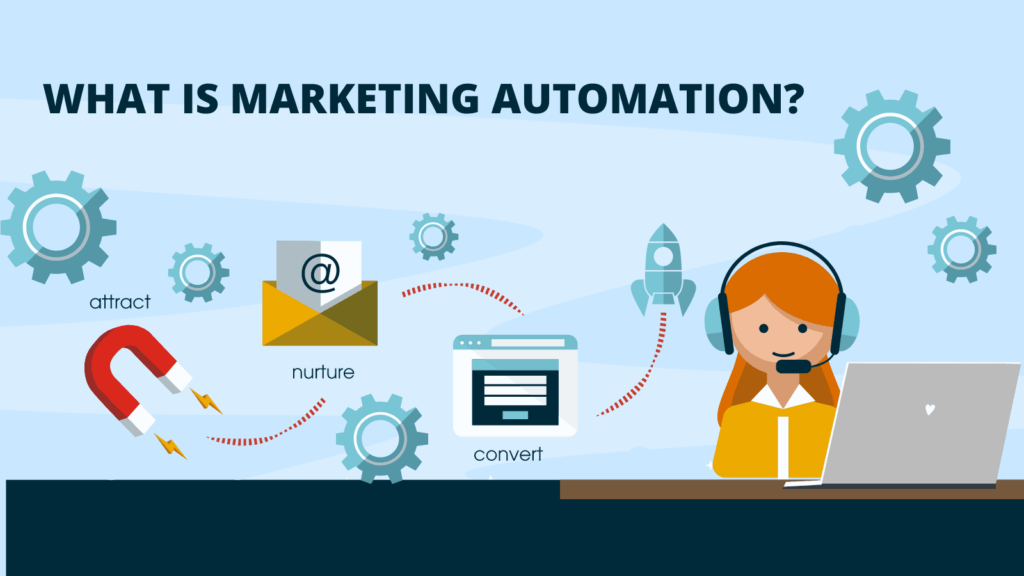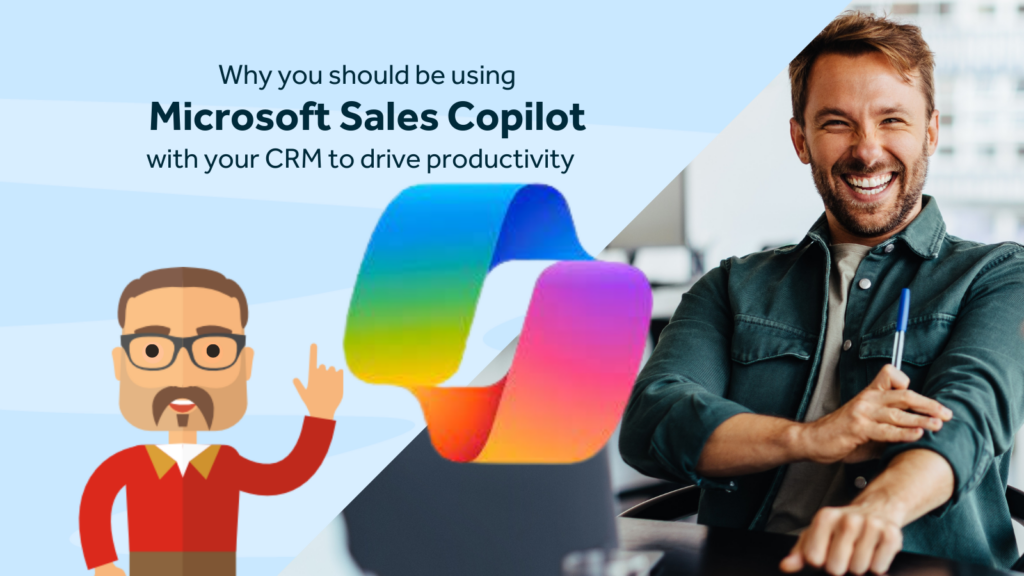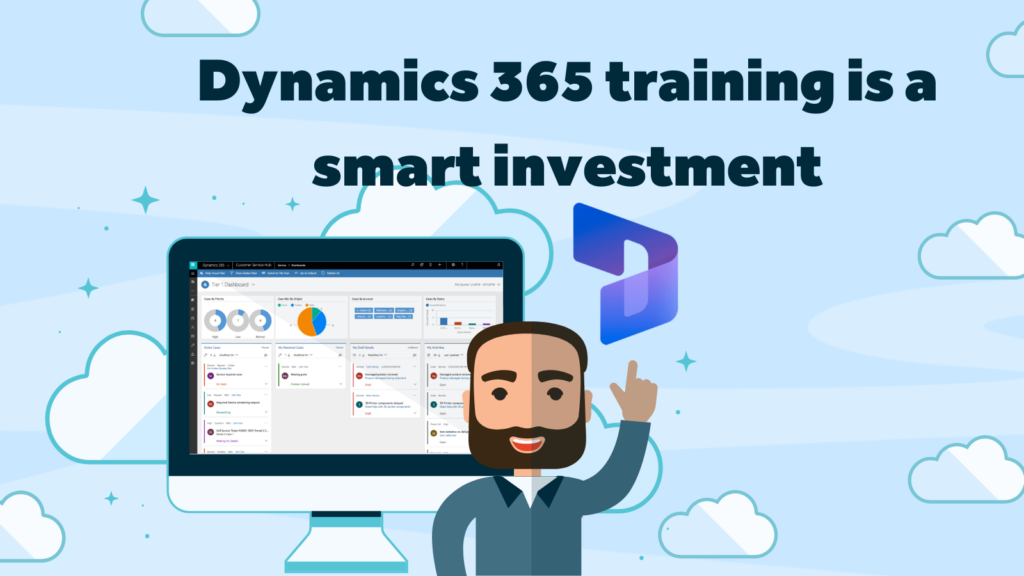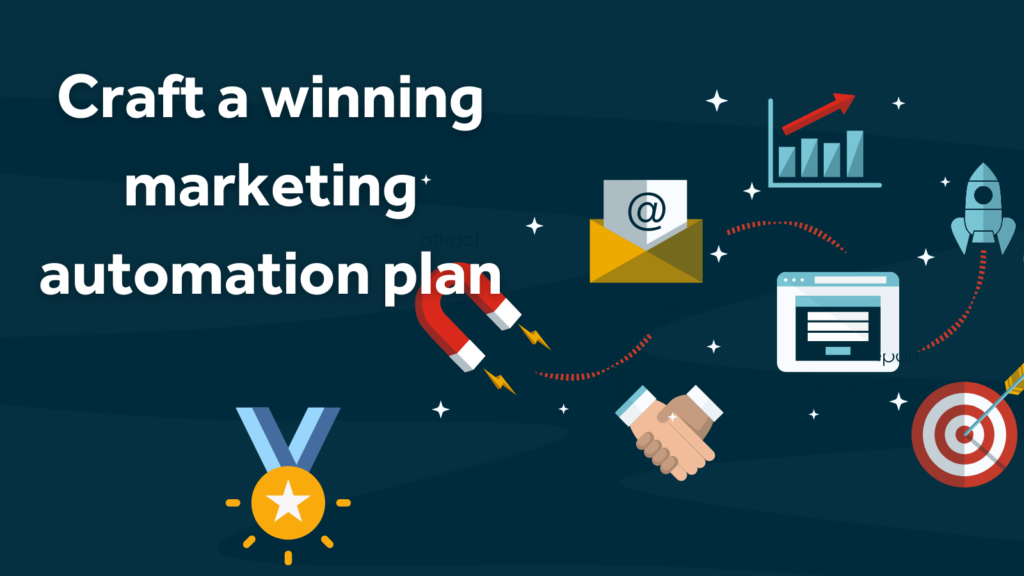What is marketing automation?
Marketing automation is the process of using software and techniques to automate marketing communications and workflows. It is often used to automate routine tasks, and minimises the need for human action to generate communications. Typical marketing automation activities can include automated emails, behavioural targeting (web activity), retargeting advertising and lead prioritisation within a CRM system.
The primary benefit is that it saves time and human resources and helps marketing departments deliver higher-quality communications at a greater frequency. This enables the marketing department to scale their activities even if they are a small or lean team. Great news for those marketing heroes spinning dozens of plates at once. Someone give them a medal please! This improved quality and quantity of tailored communications help nurture relationships with audiences, improving sales conversions and enhancing the customer experience.
How can marketing automation help my business?
If you’re serious about beefing up your marketing activity, then introducing marketing automation activity into your strategy is a smart move. Let’s take look at those benefits in more detail…
The boost in activity helps level the playing field as marketers can leverage their data for better communications, sales nurturing and customer relationships. And the increased frequency means you’re able to stay front of mind of a potential or existing customer – again increasing the chances of sales success.
By tailoring messages based on previous behaviour, communications resonate more strongly with customers and prospects, which can have a sizeable impact on opens, click-through rates, and conversions. And as this activity is digital, it is traceable and trackable, giving much-needed accountability to marketing departments. And as marketers, we know that being able to go beyond vanity metrics is essential to showcase the value and prove ROI. That means being able to illustrate the impact of email marketing and its contribution to sales pipeline conversions. Good marketing automation software can do just this.
Another benefit is that the automated aspect of this activity means human error is reduced. Once the marketing automation flow and email template is set up, it’s a case of leaving it to do its magic! Light touch for the marketer and an improved experience for the prospect or client. With that said, it is still vital that marketers are skilled in understanding the customer journey and formulate tailored communications and marketing automation flows that enhance the experience. The basic principles of marketing still apply; the right message, at the right time, to the right person.
How does marketing automation work with my other digital marketing activities?
Marketing automation software is not used in isolation, and it’s no silver bullet (sigh). It works with websites, social platforms and tracking software to enhance an omnichannel customer experience.
A marketer can use the automation software to nurture leads that come through a website via a lead magnet that uses a data capture form to collate prospect data. Tracking code tracks, records, and captures the prospect data. This data is then captured and stored within a CRM or marketing platform and utilised to remarket to this individual instantly or later. The marketing automation software can be used to create tailored communications to that individual based on preset criteria, with no intervention from the marketing team. In this scenario, the prospect is then nurtured by sending relevant email content to them.
The guiding principle is that over time the prospect will develop a level of trust and belief in a certain brand through this continual nurturing process.
So, although the software is instrumental in leveraging the potential of the data, the lead magnets are created and published by the marketing team or agency. How well the lead magnet works depends on the skills of the marketer and the saliency of the messaging. The software cannot deliver this, sadly. Yet..!
This lead nurturing process is widely used in the B2B world, especially in professional services, as lead magnets work well to demonstrate to potential customers that they are knowledgeable and trusted potential vendors.
E-commerce brands widely use marketing automation software to enhance the customer experience, either with automated registration, welcome or confirmation emails. They are also used for remarketing and cross-selling once they are a customer. Automated emails can also be used to share advice, wisdom and other information of value to the customer, further enhancing their experience with the brand or service. For example, a customer that has purchased a valuable piece of tech may appreciate tips and advice on getting the most from their device.
Examples of marketing automation
So, let us delve into more examples of marketing automation activity in action. Most of which are very simple to implement and low cost.
Nurturing prospects
This activity is all about getting an audience closer to ‘ready to buy’ or remaining front of mind for when they are ready to buy. It’s all about building awareness and trust by delivering valued content. This is often used as part of a lead magnet campaign but also for nurturing prospects that come into contact with your business in other ways, i.e. General enquiries, sales team activity, expo event data can also be nurtured in this way.
Welcome emails
Welcome emails are straightforward and low cost communication. Whether it’s at the point of purchase or sign up, acknowledging the person as new to the brand makes sense, it’s also an opportunity to include helpful links and resources or contact numbers or signpost them on social channels.
Birthday, anniversary emails
Especially popular in the B2C world, this is warm, personalised communication. Whether it is a discount, gift, or other perks, it’s nice to say happy birthday.
Product guarantee expiration/maintenance or service emails
If a customer buys a product with a warranty or guarantee, then a workflow can be set up at the date of purchase to automatically send an email within a set period to let them know that the cover is about to expire and their options to renew.
Customer feedback
After a set period of time and after a certain number of predefined interactions or purchases, you can and should approach customers for their feedback. This is a smart move for you and makes the customers feel like they are being listened to. Many marketing automation platforms include surveys and forms as part of the tool kit.
Abandoned basket emails
Popular with retailers with e-commerce sites, abandoned carts are now standard practice. If done well, they can encourage would-be customers or existing customers to pop back and complete their purchase.
Retargeting
To reengage audiences, you could look to launch retargeting campaigns, though they are about reminding your audiences of your product or service. Let’s be honest; it is wise in an increasingly fast and competitive world; it can also work well in helping improve conversions. You only need to look at your bounce rates to know that there’s more you could be doing to increase conversions. Most marketers will be very familiar with Google remarketing or social paid retargeting ads. A technique that works well in reminding your web visitors of your awesome brand and products, helping them come back to browse further and ideally purchase! However, with marketing automation, you can expand this retargeting activity to include content, not just ads. This is especially valuable for B2B marketing, where you may be looking to stay front-of-mind with recent prospect visitors of a specific page.
Client onboarding
Similar to welcome emails, client onboarding emails are an essential element of any good customer communications plan. These emails can be tailored to mention the products or services they have acquired. Include useful links and contacts. Over a period of time in the early stages of the client relationship, there may be standard documents and information that you must share with them; again, this can easily be set up in a marketing automation flow and set to go at a specific time interval.
Cross-sell up-sell, repurchase
A widely adopted and simple technique, sales conversions to existing customers are higher. Whether it’s repurchasing a previously purchased product, a renewal or purchasing a complimentary product, this is a no-brainer for any marketer.
How to formulate a marketing automation strategy
Good marketing automation activity does not work in isolation, and it must work in synergy with other digital marketing activities that raise awareness and drive interest in a product or service. A marketing automation plan should complement and support a wider digital strategy, by improving the quality and frequency of marketing communications to prospects and customers across the full buyer journey.
The best place to begin is by looking at the lay of the land with your existing digital marketing activity. Which touchpoints do you have covered, and by which channel?
By mapping out the customer journey, you can see which channels your customers are or aren’t interacting with your brand.
Once you’ve identified the gaps, you can then see how you can support your existing digital efforts with additional communication points delivered through marketing automation.
You should consider exactly what you’re hoping to achieve, is that you want your brand to be positioned and viewed as an expert in your field, or maybe it is about reengaging lapsed customers? Another objective could be improving the customer experience; whatever your goals are, this will shape your marketing automation strategy.
Once you are clear on what you want to do and how it supports your wider business vision, you then need to look at the market and your software choice. Your preffered marketing automation platform will need to integrate with your existing CRM system. It is even better if it is natively built as then there are no APIs or data syncing at all. If your CRM is very basic and dated, this could be the perfect opportunity to tackle both problems head-on. Many sales and marketing CRMs come with marketing automation tools as additional modules. If you are tied to your existing CRM and migration is not wanted or warranted, then you’ll find that there are a wide range of CRM solutions that will easily bolt onto your CRM.
The best marketing automation solution for Dynamics 365 users
If you happen to be a Dynamics 365 user then you may already be aware of Microsoft Dynamics 365 Marketing, and it does work just great for some clients. However, in our experience, ClickDimensions offers an unrivalled marketing automation solution for SMBs who want to scale their marketing. As it is natively built, there is no use of connectors (APIs), which means no data syncing. It can be implemented in a matter of hours, and the interface looks and feels like Dynamics 365.
Should you need more general advice on marketing automation software or if you’re interested in finding out more about the marketing automation platform ClickDimensions, contact us.
Rocket CRM is a Microsoft Dynamics 365 and a Platinum ClickDimensions accredited partner, helping small to medium-sized businesses and charities harness the power of scalable CRM technology. Our mission is to make powerful CRM software simple with custom-built, user-focused solutions.




